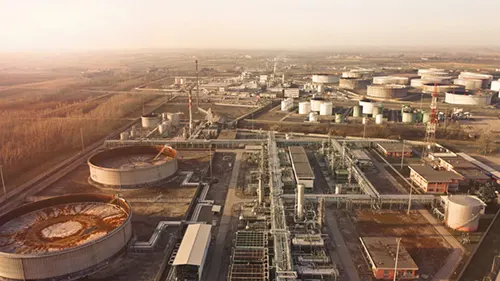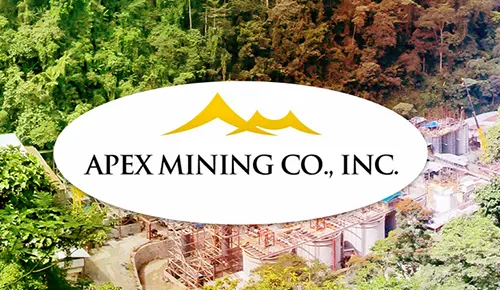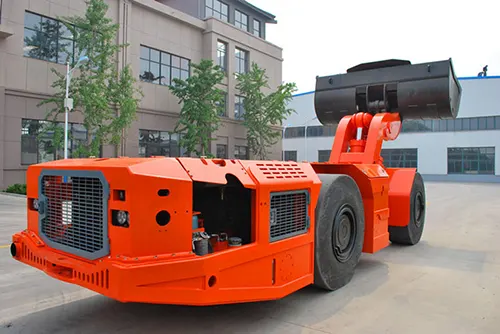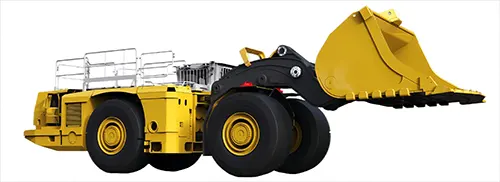Table of Contents
Introduction of Mining and Ore Beneficiation
Mining and ore beneficiation is a complex industry that goes far beyond just digging up rocks. From the initial extraction to the final production of valuable minerals, each step in the mining process requires careful planning, precision, and a whole lot of heavy machinery. Whether you’re a mining professional or just curious about the industry, understanding the key stages in mining and ore beneficiation can give you a clearer picture of how raw ore transforms into the metals and minerals we rely on every day.
1. Drilling: The First Step in Mining

The first step in any mining operation is drilling, where blast holes are created in the ore body. Think of it as setting the stage for the big bang—literally! Drilling machines are tasked with punching holes into the planned mining area, providing the necessary spaces for explosives. But it’s not just about making holes; it’s about precision. The spacing and depth of each hole must be just right to ensure the subsequent blast breaks up the ore effectively. Even a small error in drilling can lead to inefficient blasting, wasted resources, and safety hazards.
2. Blasting: Breaking Down the Ore

Once the blast holes are ready, it’s time for the big show: blasting. Using a technique known as medium-deep hole blasting, explosives are carefully loaded into the drill holes. But there’s more to blasting than just setting off explosives. Engineers must calculate the right amount of explosives based on factors like the hole diameter, the resistance of the surrounding rock, and the distance between holes. When done correctly, blasting fractures the ore into manageable pieces, ready for loading and transportation. However, the effects of blasting, such as ground vibrations, flying debris, and noise, must be carefully controlled to prevent damage and ensure safety.
3. Loading and Transportation: Moving the Ore

After the dust settles from blasting, it’s time to get the broken ore out of the ground and onto the next stage of processing. Traditionally, this was a labor-intensive process, but today, mechanized loading is more common. Mining and ore beneficiation operations often use load haul dump machines (LHDs) to scoop up the blasted rock and load it onto mine carts or trucks. These vehicles then transport the ore through underground tunnels to a vertical shaft, where it’s lifted to the surface. But the journey doesn’t end there—the ore must still be transported to the processing plant, where the real magic happens.
4. Crushing and Grinding: Turning Rocks into Slurry
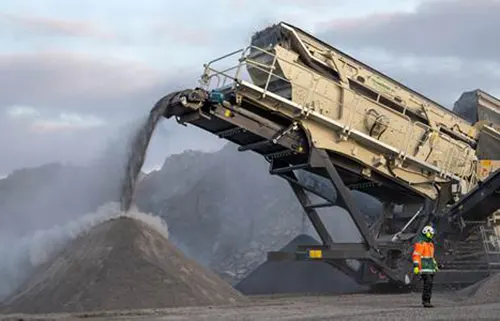
Once the ore arrives at the processing plant, the first step is to break it down into smaller pieces. This is done using crushers—jaw crushers for the initial crushing and hammer crushers for further reduction. The goal is to reduce the ore to a size that can be ground into a fine powder. But crushing is just the beginning. The real transformation happens during grinding, where the crushed ore is mixed with water and ground into a slurry. This slurry, a mixture of finely ground ore and water, is then classified, with coarse particles sent back for further grinding and fine particles moving on to the next stage: flotation.
5. Flotation and Filtering: Separating the Valuable from the Waste

Flotation is where the valuable minerals are separated from the waste material. In this process, chemicals known as reagents are added to the slurry in flotation machines. These reagents make the valuable minerals hydrophobic, causing them to attach to air bubbles and float to the surface. The waste material, or tailings, remains at the bottom and is discarded. After flotation, the concentrate (the valuable part) is thickened and dewatered using a horizontal filter press. The result? A high-grade concentrate with a moisture content of around 12%, ready for further processing or direct use.
Conclusion
Understanding the stages of mining and ore beneficiation is essential for anyone interested in the mining industry. From the initial drilling to the final filtering, each step plays a critical role in transforming raw ore into valuable minerals. But mining is more than just a series of processes—it’s a complex, technology-driven industry that requires precision, planning, and a deep understanding of geology and engineering. So, the next time you think about mining, remember it’s not just about digging holes—it’s about mastering the art of extraction.

